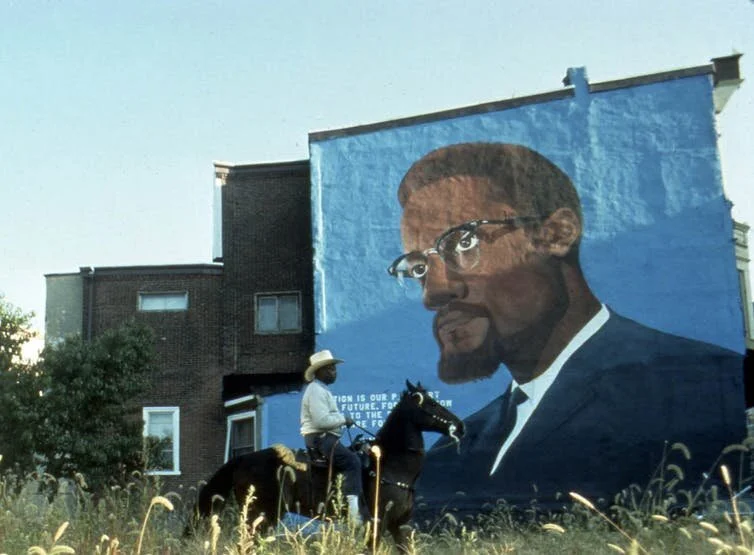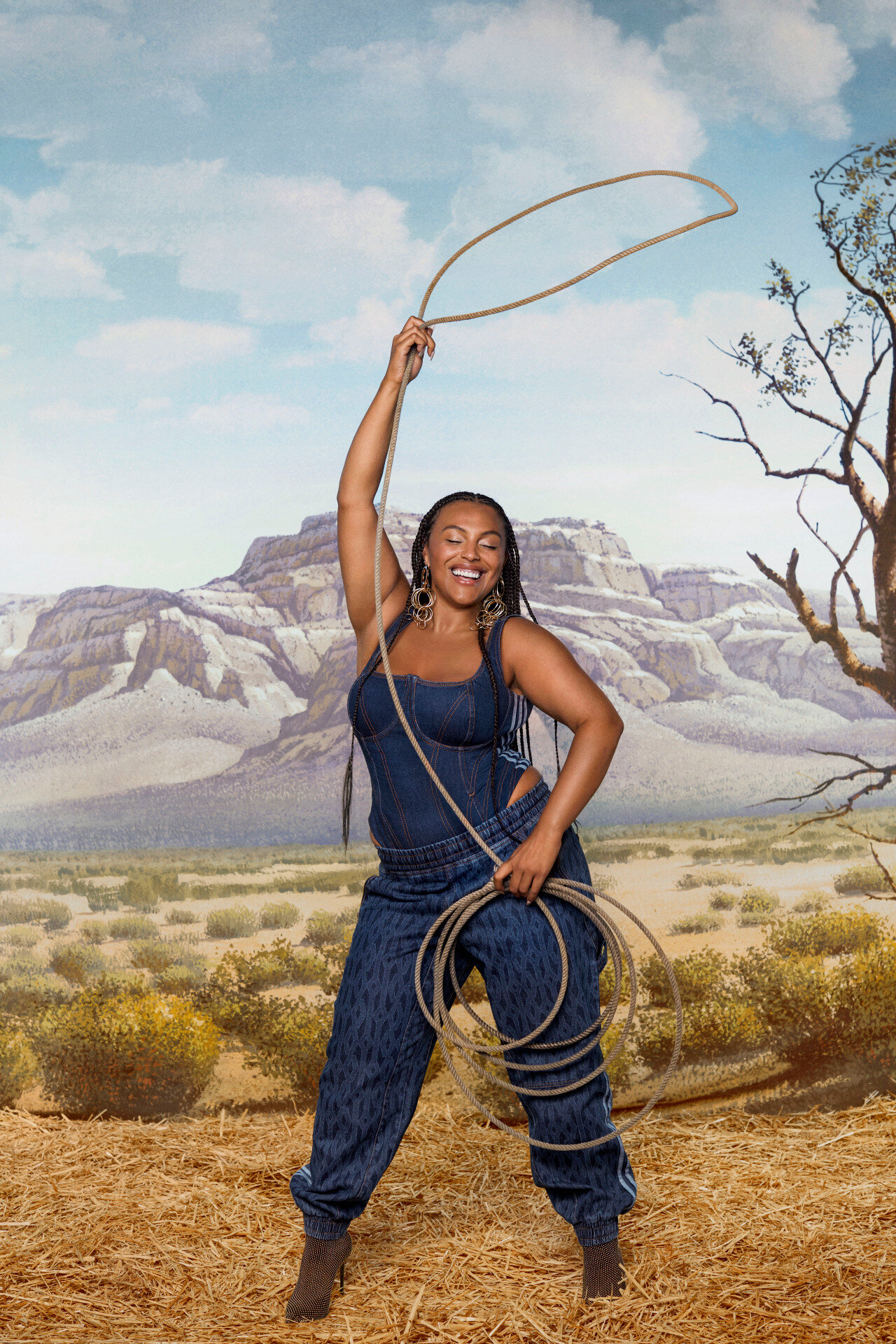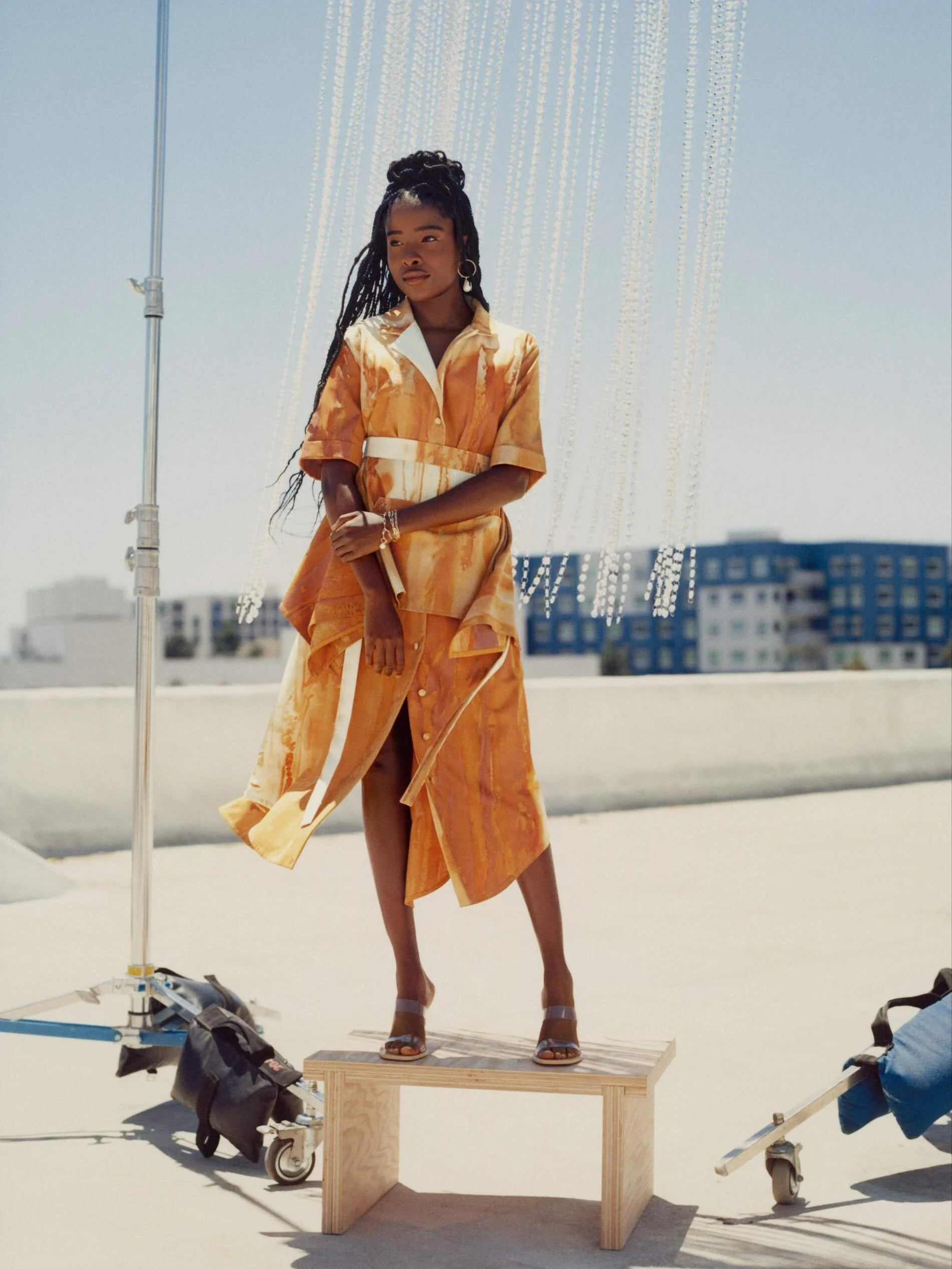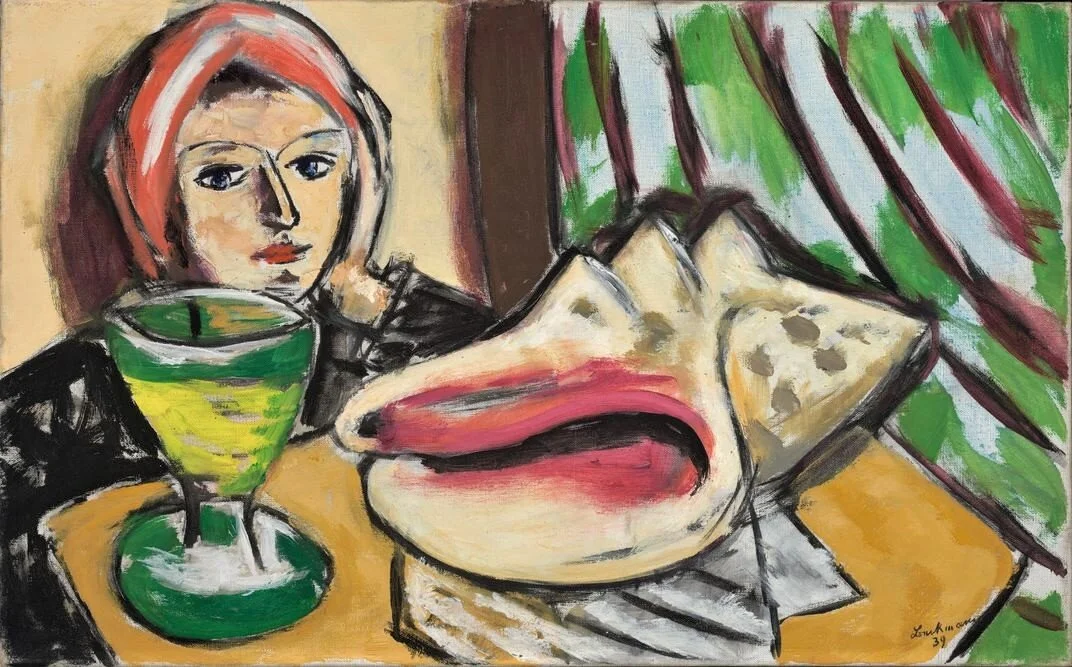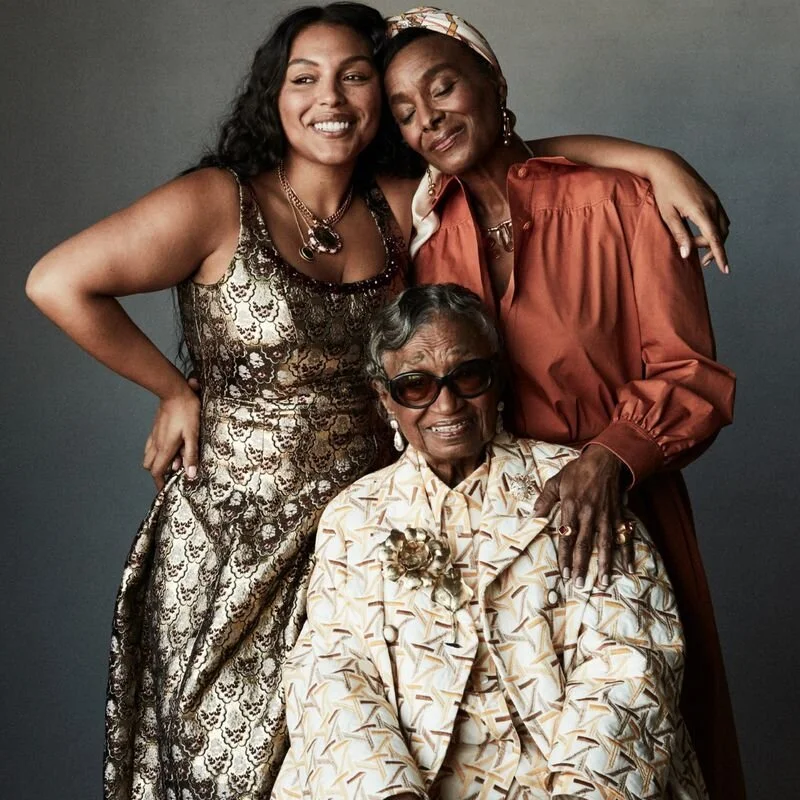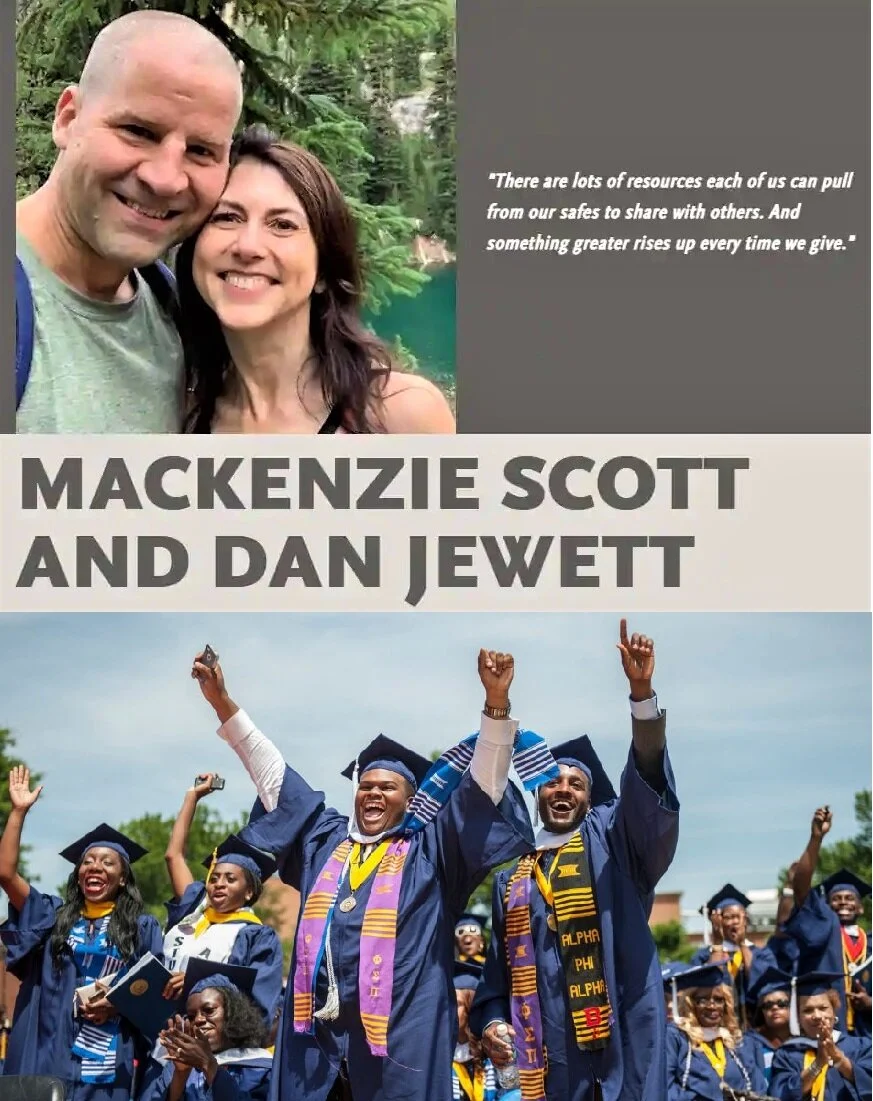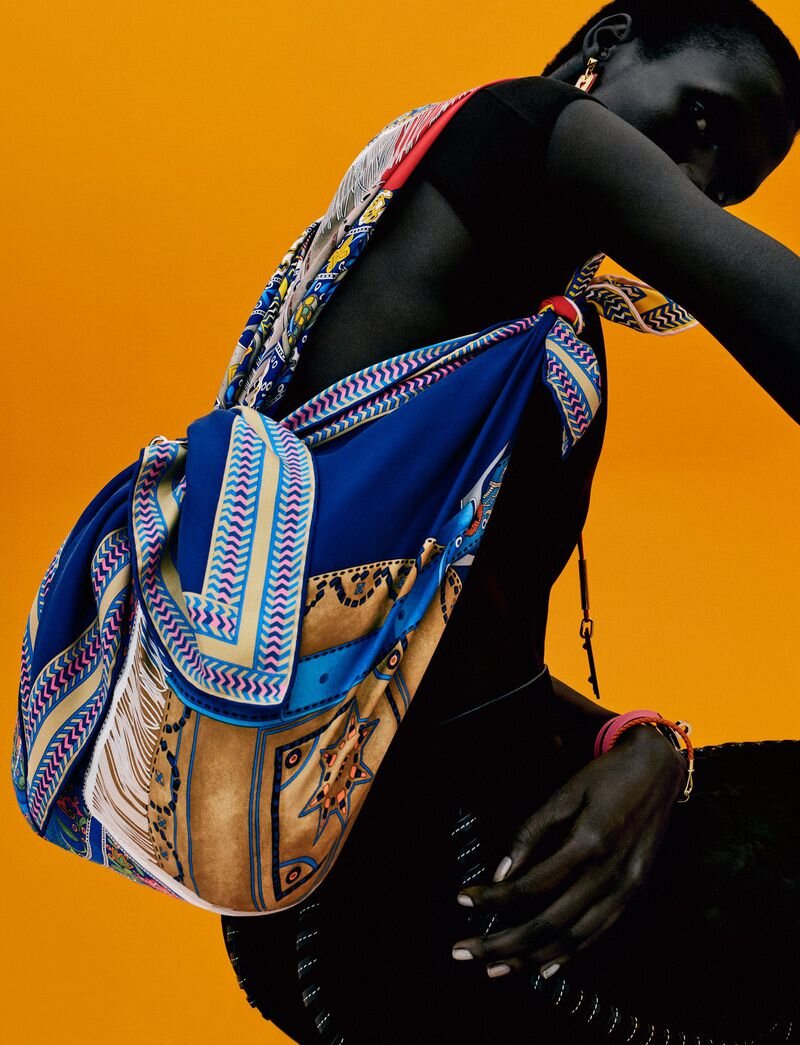President Obama's 2015 Selma Address Full Text | Stephen Somerstein 'Freedom Journey 1965' Images | Stefan Sharff's Documentary Of 3rd Selma March
/
Selma - Montgomery March #3 1965
A powerful and recently rediscovered film made during the 1965 Selma to Montgomery march for voting rights. Stefan Sharff’s intimate documentary reflects his youthful work in the montage style under the great Russian filmmaker Sergei Eisenstein. The film features moving spirituals. Marchers included Rev. Dr. Martin Luther King Jr. and his wife Coretta Scott King.
2015 Oscar Winning Best Song ‘Glory’ From Best Picture Nominated ‘Selma’
History of Selma to Montgomery Marches 1965
The Selma-to-Montgomery March for voting rights ended three weeks—and three events—that represented the political and emotional peak of the modern civil rights movement. On “Bloody Sunday,” March 7, 1965, some 600 civil rights marchers headed east out of Selma on U.S. Route 80. They got only as far as the Edmund Pettus Bridge six blocks away, where state and local lawmen attacked them with billy clubs and tear gas and drove them back into Selma. Two days later on March 9, Martin Luther King, Jr., led a “symbolic” march to the bridge. Then civil rights leaders sought court protection for a third, full-scale march from Selma to the state capitol in Montgomery.
Federal District Court Judge Frank M. Johnson, Jr.,weighed the right of mobility against the right to march and ruled in favor of the demonstrators. “The law is clear that the right to petition one’s government for the redress of grievances may be exercised in large groups…,” said Judge Johnson, “and these rights may be exercised by marching, even along public highways.” On Sunday, March 21, about 3,200 marchers set out for Montgomery, walking 12 miles a day and sleeping in fields. By the time they reached the capitol on Thursday, March 25, they were 25,000-strong. Less than five months after the last of the three marches, President Lyndon Johnson signed the Voting Rights Act of 1965—the best possible redress of grievances. Source: US Natl Park Service
President Barack Obama’s Address In Selma March 7, 2015
Photos March, 1965
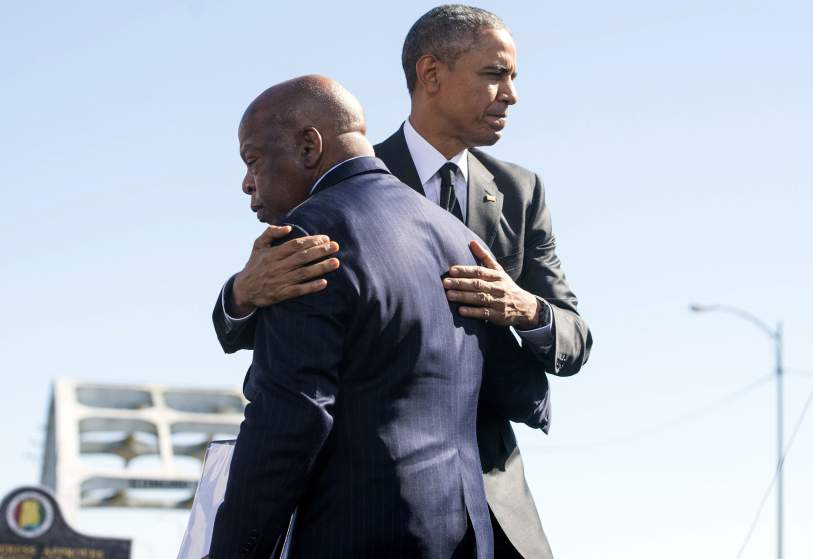 President Barack Obama embraces Congressman John Lewis in Selma, March 7, 2015
President Barack Obama embraces Congressman John Lewis in Selma, March 7, 2015
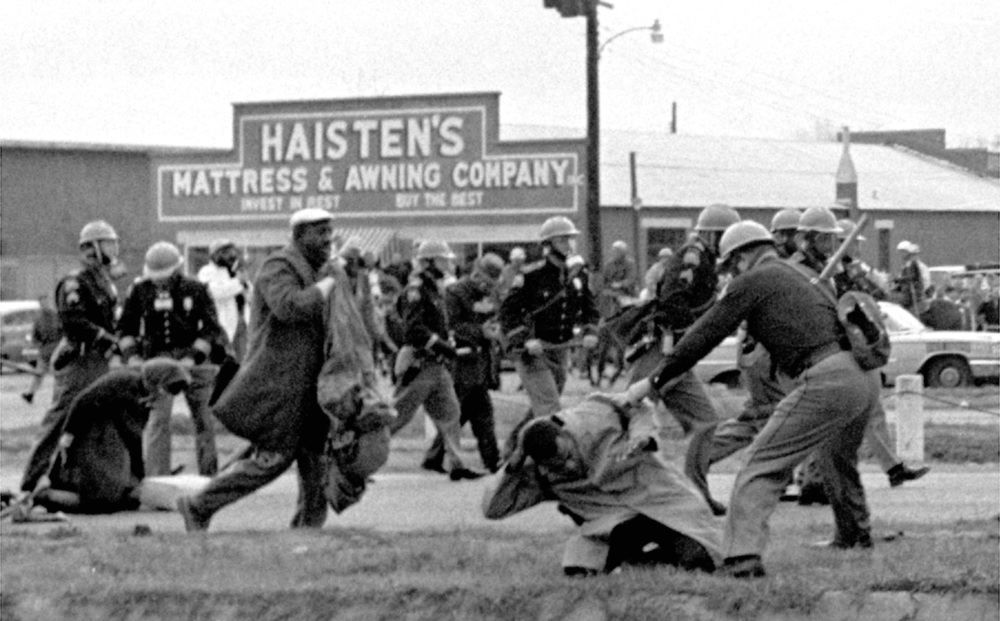 March 7, 1965 march aborted at Edmund Pettus Bridge.It is a rare honor in this life to follow one of your heroes. And John Lewis is one of my heroes.
March 7, 1965 march aborted at Edmund Pettus Bridge.It is a rare honor in this life to follow one of your heroes. And John Lewis is one of my heroes.
Now, I have to imagine that when a younger John Lewis woke up that morning fifty years ago and made his way to Brown Chapel, heroics were not on his mind. A day like this was not on his mind. Young folks with bedrolls and backpacks were milling about. Veterans of the movement trained newcomers in the tactics of non-violence; the right way to protect yourself when attacked. A doctor described what tear gas does to the body, while marchers scribbled down instructions for contacting their loved ones. The air was thick with doubt, anticipation, and fear. They comforted themselves with the final verse of the final hymn they sung:
No matter what may be the test, God will take care of you;
Lean, weary one, upon His breast, God will take care of you.
Then, his knapsack stocked with an apple, a toothbrush, a book on government – all you need for a night behind bars – John Lewis led them out of the church on a mission to change America.
There are places, and moments in America where this nation’s destiny has been decided. Many are sites of war – Concord and Lexington, Appomattox and Gettysburg. Others are sites that symbolize the daring of America’s character – Independence Hall and Seneca Falls, Kitty Hawk and Cape Canaveral.
Selma is such a place.
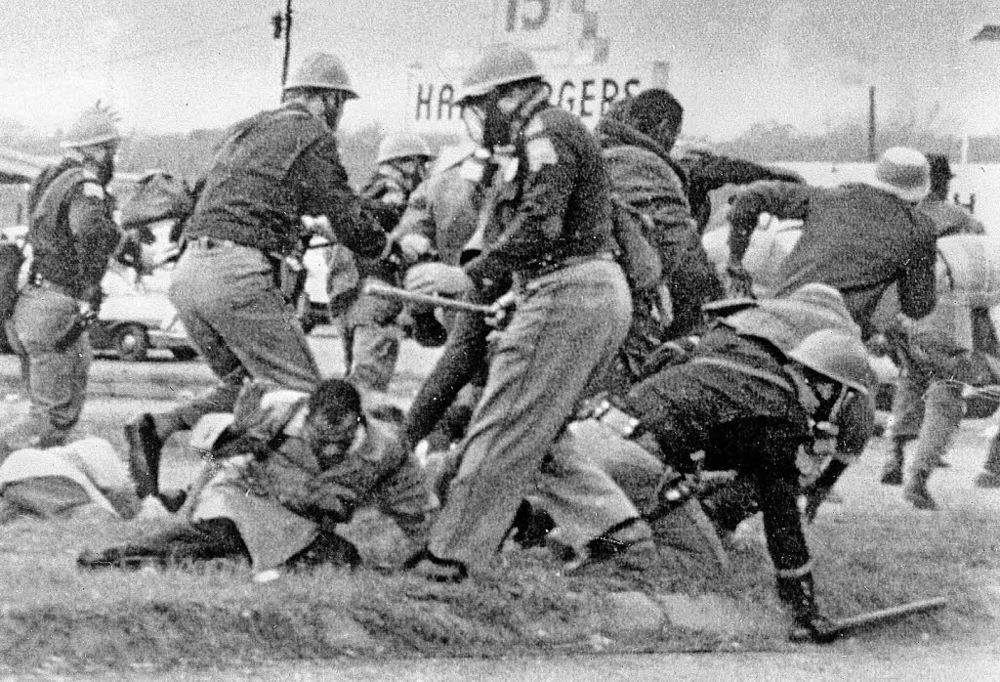 Congressman John Lewis lead the first Selma, March and was severely beaten in the head and body on March 7, 2965And because of men and women like John Lewis, Joseph Lowery, Hosea Williams, Amelia Boynton, Diane Nash, Ralph Abernathy, C.T. Vivian, Andrew Young, Fred Shuttlesworth, Dr. King, and so many more, the idea of a just America, a fair America, an inclusive America, a generous America – that idea ultimately triumphed.
Congressman John Lewis lead the first Selma, March and was severely beaten in the head and body on March 7, 2965And because of men and women like John Lewis, Joseph Lowery, Hosea Williams, Amelia Boynton, Diane Nash, Ralph Abernathy, C.T. Vivian, Andrew Young, Fred Shuttlesworth, Dr. King, and so many more, the idea of a just America, a fair America, an inclusive America, a generous America – that idea ultimately triumphed.
As is true across the landscape of American history, we cannot examine this moment in isolation. The march on Selma was part of a broader campaign that spanned generations; the leaders that day part of a long line of heroes.
We gather here to celebrate them. We gather here to honor the courage of ordinary Americans willing to endure billy clubs and the chastening rod; tear gas and the trampling hoof; men and women who despite the gush of blood and splintered bone would stay true to their North Star and keep marching toward justice.

